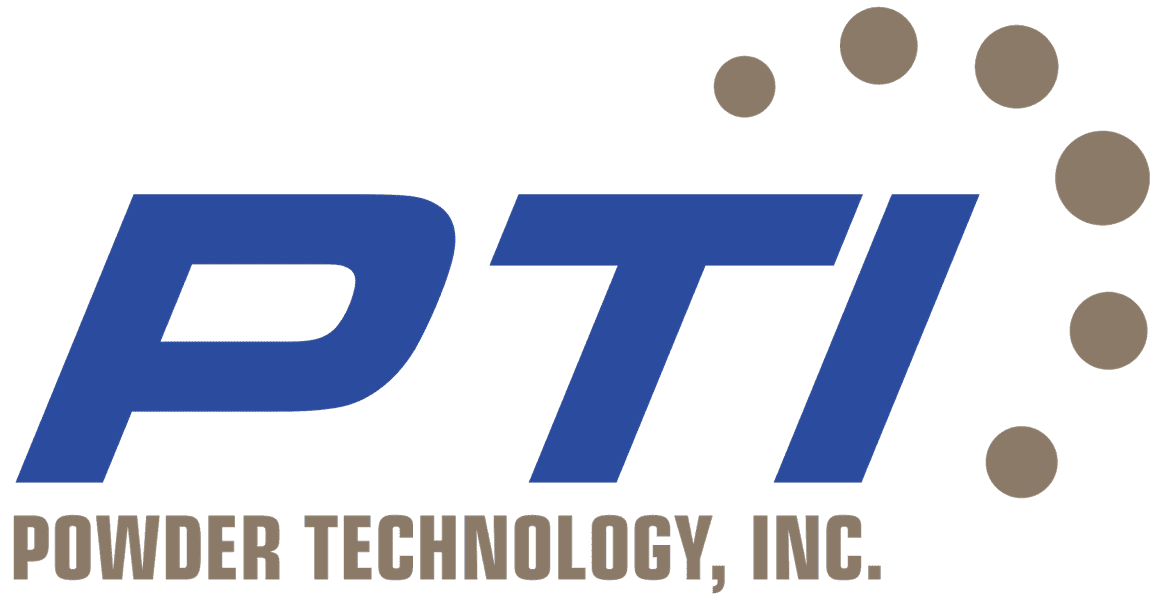In the evolving world of automotive engineering, ensuring the reliability, performance, and longevity of components is key. To achieve this, manufacturers rely on a variety of testing methods to simulate real-world conditions. That’s where test dust comes in. As the leading provider of high-quality test dust and contaminants, Powder Technology Inc. helps automotive manufacturers simulate real-world conditions to validate the durability of their components. In this blog, we will explore how ISO test dust plays a crucial role in automotive testing, including its applications in engine wear testing, air filter efficiency assessments, and cabin air quality evaluations just to name a few.
What is ISO Test Dust?
ISO test dust is a specially formulated particulate material that meets strict international standards. The ISO committee (International Organization for Standardization) has established specific guidelines for the particle size distribution, composition, and characteristics of test dust to ensure consistency and repeatability in testing environments. By using standardized dust, automotive engineers can conduct controlled tests that simulate real-world exposure to dust and other airborne contaminants.
ISO test dust for specification 12103-1 is made from Arizona Desert Sand also known as ATD or Arizona test dust, which is chosen for its consistency and similarity to the dust found in real-world environments. This natural material ensures that the test dust accurately mimics the conditions vehicles and machinery might encounter in dusty conditions. The standard calls for both a specific particle size and composition of the dust to ensure uniformity and reliability in testing. At PTI, we are proud to be the only company that meets this standard, providing a product that delivers unparalleled consistency and quality for all testing applications.
Why Use ISO Test Dust in Automotive Testing?
Automobiles operate in a wide range of environments where they encounter dust, dirt, and other particulate matter. This exposure can negatively impact vehicle components, leading to wear, decreased efficiency, and potential failures. By using ISO test dust, automotive manufacturers can:
Replicate Real-World Conditions: By using a controlled test environment, manufacturers can predict how components will perform over time under actual driving conditions.
Improve Component Durability: Testing helps identify potential weaknesses, allowing engineers to enhance the design and durability of components.
Optimize Filtration Systems: ISO test dust is crucial in evaluating the effectiveness of air filters, ensuring that harmful particles do not enter critical systems.
- Engine Wear Testing
Engines are particularly vulnerable to the effects of dust and dirt, which can enter through air intakes, seals, or other openings. Over time, this particulate matter can cause abrasion, leading to increased wear of engine components like cylinders, pistons, and valves.
How ISO Test Dust is Used: During engine wear testing, ISO test dust is introduced into the engine’s air intake system to mimic real-world dust exposure. Engineers can monitor how the dust affects engine performance, efficiency, and durability. This process helps identify how various materials and coatings can extend the engine’s lifespan.
Benefits: By simulating prolonged exposure to dust, manufacturers can optimize engine designs to reduce wear and extend the interval between maintenance.
Here is a case study that highlights the practical application of ISO test dust in engine durability testing. The study, published in the Energies section on MDPI.com, examined how dust characteristics, such as grain shape and size, influence engine wear during operational testing. Researchers introduced ISO test dust into engine systems to analyze its effects on components like pistons and cylinders.
- Air Filter Efficiency Assessments
Automotive air filters play a critical role in preventing dust, dirt, and other contaminants from entering the engine and cabin. The efficiency of these filters directly impacts vehicle performance, fuel efficiency, and passenger comfort.
How ISO Test Dust is Used: In air filter testing, ISO test dust is used to assess how effectively filters can capture particles of different sizes. By exposing air filters to controlled amounts of dust, engineers can measure the filter’s efficiency, airflow restriction, and lifespan.
Benefits: This testing allows manufacturers to optimize filter materials and designs to ensure maximum protection for the engine and cabin, while also enhancing the vehicle’s fuel efficiency.
- Cabin Air Quality Evaluations
With increasing concerns about air quality, cabin air filters have become an essential feature in modern vehicles. These filters are responsible for ensuring that passengers breathe clean air by trapping dust, pollen, and other airborne contaminants.
How ISO Test Dust is Used: Cabin air filters are exposed to ISO test dust to evaluate their ability to filter out contaminants. Testing ensures that filters can effectively remove particles from the air entering the vehicle, maintaining a healthy cabin environment.
Benefits: By optimizing the performance of cabin air filters, manufacturers can enhance passenger comfort and safety, especially for individuals with allergies or respiratory conditions.
Conclusion
The use of ISO test dust in automotive testing is a critical step in ensuring that vehicles meet the highest standards of performance and durability. From engine wear testing to air filter efficiency, cabin air quality assessments, and many more tests. ISO test dust helps manufacturers simulate real-world conditions and refine their designs for optimal performance.
Although Powder Technology Inc. (PTI) does not perform in-house testing, we supply ISO grade (ISO 12103-1) test dust tailored to meet your filtration, air filter efficiency, SAE testing, or other specific requirements. Based on your filtration standards, procedures, and testing specifications, we can help guide you in selecting the appropriate contaminant for your testing needs. For more information on filtration standards, procedures, and specifications, visit the Filtration Standards page on our website.
If your testing requires a certain specification that isn’t part of our standard offerings, PTI also specializes in creating custom test dust to meet your unique needs. PTI’s ISO test dust and custom solutions help companies with accurate and effective testing.
Ready to Optimize Your Testing? Please contact Powder Technology Inc. at 952-894-8737 or e-mail sales@powdertechnologyinc.com to discuss how we can help with your test dust and test contaminate needs.






